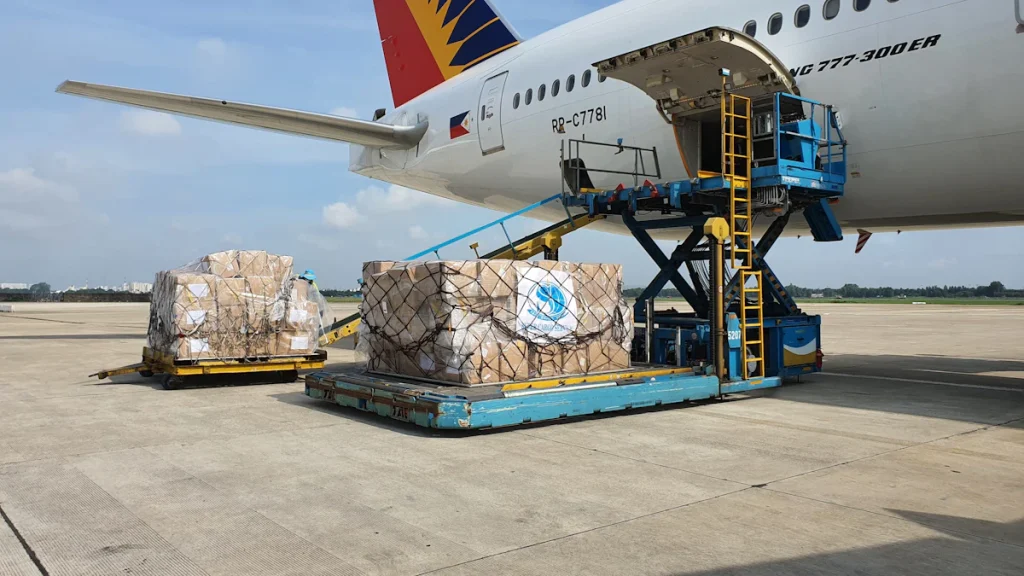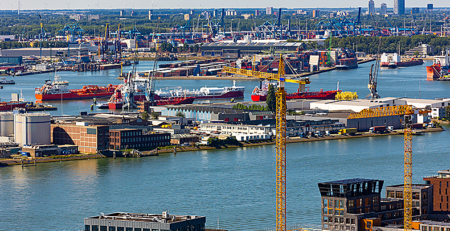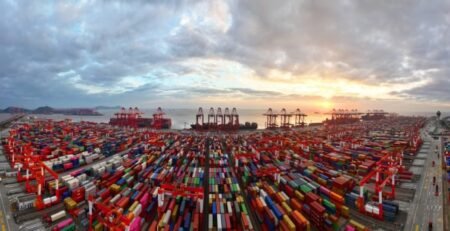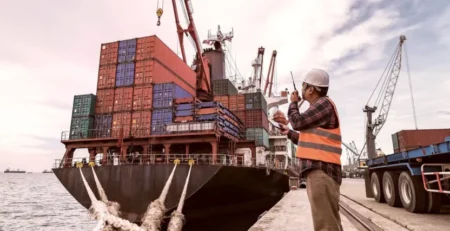Air Cargo Rebounds with Purpose in 2025, Driven by E-Commerce and Supply Chain Realignment

By Eva Richardson | The Logistic News
April 14, 2025
After a dynamic 18% growth in 2024, the global air cargo industry continues to show steady resilience in 2025, positioning itself as a key enabler of global trade amidst shifting supply chain dynamics, energy volatility, and mounting environmental pressure.
According to data released by the International Air Transport Association (IATA), global air cargo volumes are expected to grow by 5–6% this year, maintaining a trajectory of recovery that began in late 2023.
“This isn’t a temporary rebound,” said a senior airfreight analyst. “We’re witnessing a structural evolution of air cargo, led by digitization, nearshoring, and time-critical delivery expectations.”
A Shifting Role in Global Trade
Much of the current momentum is fueled by explosive demand in e-commerce, particularly in cross-border shipments to and from Asia-Pacific and Latin America, where retailers and marketplaces are increasingly relying on air freight to ensure next-day or two-day delivery commitments.
Meanwhile, sectors like high-tech manufacturing, pharma, and luxury goods continue to prioritize speed, security, and visibility—strengthening air cargo’s role in multi-modal logistics strategies.
Airlines have responded by reconfiguring capacity across their fleets, with several converting passenger aircraft into permanent freighters or investing in next-generation fuel-efficient cargo planes.
Economic Uncertainty, But Stable Demand
While the macroeconomic landscape remains tense—marked by conflict in Eastern Europe, inflationary pressure, and volatile fuel markets—air cargo demand has proven surprisingly stable. January and February 2025 saw 18 consecutive months of year-over-year growth, according to IATA’s monthly analysis.
“Resilience is the right word,” said a spokesperson for a major European cargo carrier. “We’re adapting faster, learning to scale up and down with demand, and building smarter networks.”
Green Pressure and Digital Demands
Environmental compliance is also reshaping operational priorities. Carriers are under increasing pressure to cut emissions, pushing investment into sustainable aviation fuel (SAF), AI-based route optimization, and carbon offsetting programs.
In parallel, digitalization is no longer optional. Real-time tracking, automated customs declarations, and AI-based demand forecasting are becoming standard expectations—not differentiators—for shippers.
Many logistics operators now see air cargo as a premium, strategic mode, rather than a last-resort solution, especially in time-sensitive industries.
What’s Next?
Industry insiders say the next 12–24 months will be crucial for aligning infrastructure upgrades with rising demand. Key investment areas include:
-
Expansion of regional air cargo hubs
-
Deployment of electric ground-handling equipment
-
Integration of predictive analytics in capacity planning
With demand unlikely to return to pre-COVID patterns, the air cargo sector is positioning itself for a new era defined by agility, sustainability, and digital responsiveness.
Eva Richardson is a senior correspondent at The Logistic News, covering global airfreight markets, logistics innovation, and transportation strategy.
The post Air Cargo Rebounds with Purpose in 2025, Driven by E-Commerce and Supply Chain Realignment appeared first on The Logistic News.
Share this post
Related
Posts
Surge in Asian Air Cargo Forces Airlines to Reprioritize Global Routes
By Maria Kalamatas | July 10, 2025 Bangkok, July 10 — In a move that underscores the pressure on global air...
Asia-Europe Freight Rates Surge Again as Port Congestion Hits Peak
SINGAPORE / 9 JULY 2025 — Shipping rates between Asia and Northern Europe have surged once again this week, reaching...
Shanghai Surges Ahead as Global Shipping Recalibrates
Shanghai, China — 10 July 2025In a month marked by global route upheavals and capacity shifts, the Port of Shanghai...
Argentina, Brazil, and Mexico Fast-Track Regional Freight Agreements
BUENOS AIRES — July 4, 2025Faced with weeks of delayed cargo and unstable ocean routes, Latin America’s biggest economies are...





